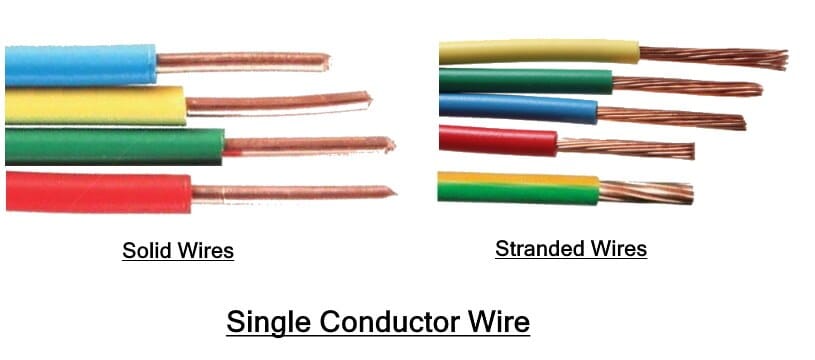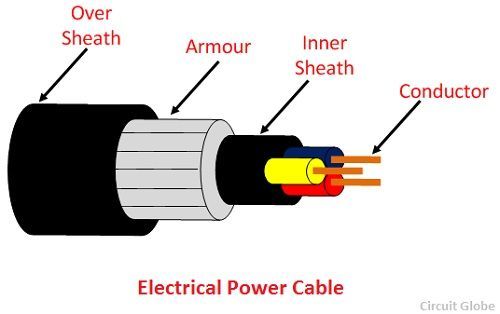The core of the differentiation between wire harnesses and cable assemblies lies in the fact that wires and cables are two entirely separate things.There are many differences between cables and wires in size, structure, use, and characteristics, so the two should not be confused.
1. The difference between materials Wires are conductive metal wires used to carry current. Available in solid, stranded or foil braided forms. According to the insulation status, it is divided into two categories: bare wire and insulated wire. A cable consists of one or more insulated conductors with mutually insulated conductive cores placed in a sealed sheath. A protective covering can be added to it. The difference between wires and cables is that the size of the wires is generally small and the structure is relatively simple, but sometimes the cables are also classified as generalized wires.

2. Differences in use Bare wires are wires without any insulation or protective layer. In addition to being used as a wire for transmitting electrical energy and information, it can also be used to manufacture components and connecting wires of motors and electrical appliances. Generally, copper, aluminum, copper alloy and aluminum alloy are used. In addition, there are all kinds of insulated wires suitable for special requirements, such as low-voltage wires for automobiles, high-voltage ignition wires for automobiles, electrical lead wires for motors, aviation wires, compensation wires, etc. Cables are used to transmit, distribute electrical energy or transmit electrical signals. Cables can be divided into power cables, communication cables and control cables according to their uses.
3. Differences in structure The difference between power cables and ordinary wires is that the cable size is larger and the structure is more complex. The cable mainly consists of the following four groups. Conductive core: Made of high conductivity material. Insulation layer: The insulating material used for cables should have high insulation resistance and high breakdown electric field strength. Cables are often classified by insulating material.

In addition to the above differences, cables have distinct advantages. Compared with overhead lines, the advantages of the cable are that the insulation distance between the lines is small, the floor space is small, the underground laying does not occupy the space above the ground, it is not affected by the pollution of the surrounding environment, the reliability of power transmission is high, and it interferes with personal safety and the surrounding environment. Small. Therefore, cables are mostly used in densely populated and grid-dense areas and places with heavy traffic. It plays an important role in modernization construction.
To put it simply: power cables generally refer to outdoor overhead cables or outdoor overhead bare wire cables, and wire cables generally refer to rubber sheathed cables or cables for temporary power use.